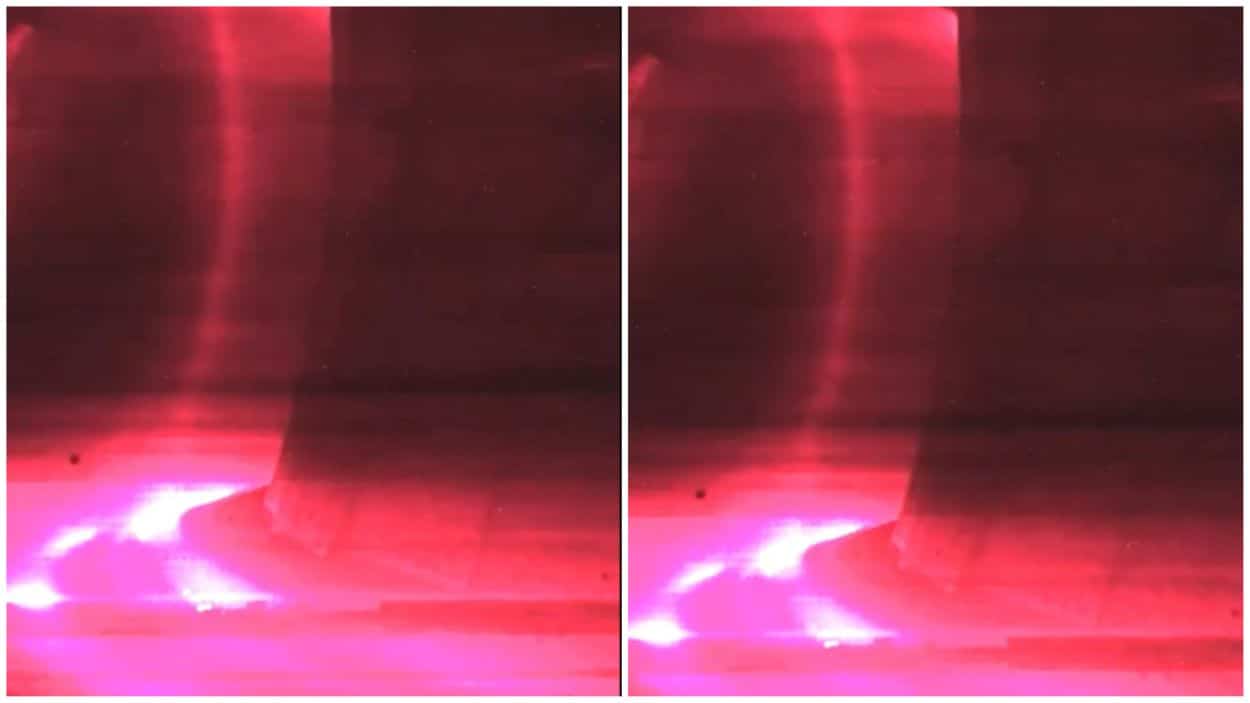French scientists revealed a major milestone in nuclear fusion research on Tuesday by maintaining raging-hot plasma for 22 minutes, which brought the world closer to clean, safe, and nearly limitless energy through fusion technology.
Nuclear fusion mimics the process of powering stars. Unlike fission, which splits atoms in traditional nuclear power plants, it fuses two atomic nuclei to release energy. Scientists see it as a potential game-changer for sustainable energy. However, decades of research have yet to make it fully practical.
The process demands extreme conditions. For instance, it requires temperatures exceeding 100 million degrees Celsius to form and sustain plasma, a hot, electrically charged gas. Keeping this plasma stable remains a key challenge.
The WEST tokamak in southern France set a new benchmark for nuclear fusion. On February 12, it held plasma steady for 1,337 seconds or over 22 minutes. France’s Atomic Energy Commission (CEA) called this a “crucial milestone.” The CEA reported it surpassed China’s previous record from last month by 25%.
Anne-Isabelle Etienvre, CEA’s head of fundamental research, spoke to AFP about the success. She said it proves scientists can effectively create and maintain plasma. Still, she noted that significant hurdles remain before fusion reactors become energy-efficient.
Unstable plasma often wastes energy, reducing efficiency in nuclear fusion systems. Overcoming this, along with other technological barriers, is essential. A viable reactor must produce more energy than it consumes, a goal yet to be reached.
Looking ahead, the WEST team has ambitious plans. Within the next month, they aim to sustain plasma for several hours and push temperatures even higher. These steps could accelerate progress toward practical fusion energy.






